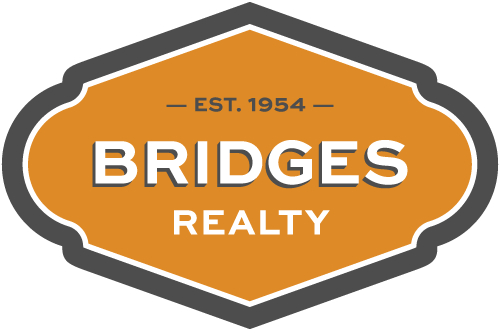Some homeowners who could not afford to make their mortgage payments this past year were relieved to find out that their mortgage servicer or lender allowed them to pause or possibly, reduce their payments for a limited period. However, while it does relieve the financial pressure, it is a temporary remedy.
About 2/3 of the people who entered forbearance during the pandemic have exited the program. As a result, there are only a little over two million homeowners remaining in forbearance.
It is crucial for owners who find that they cannot make the payments on their mortgage to contact their lender and request a forbearance. If you stop making mortgage payments without a forbearance agreement, the servicer will report this information to the credit reporting companies, and it can have a lasting negative impact on your credit history. The lender assumes you are delinquent without going through that process, and protections afforded under forbearance may not apply.
Forbearance does not forgive the money that is owed. Instead, the borrower must repay any missed or reduced payments in the future. If forbearance was issued under the CARES Act, the lender cannot require payment in full at the end of the forbearance. Additionally, Fannie Mae has declared, "following forbearance, you are not required to repay missed payments all at once, but you have that option."
The forbearance agreement issued by the lender allows a borrower to avoid foreclosure for a period until, hopefully, the borrower's financial situation improves. If the borrower's hardship still exists at the end of the stated period, the lender may be able to extend the time frame. The provisions of the forbearance vary based on the type of mortgage. The lender can tell you the specific provisions and options.
Loans made by Fannie Mae and Freddie Mac require lenders to suspend reports to credit bureaus of past due payments for borrowers in a forbearance plan, and no penalties or late fees will be assessed. Furthermore, the lender is mandated to "work with the borrower on a permanent plan to help maintain or reduce monthly payment amounts as necessary, including a loan modification."
At the end of the forbearance, there can be several options available to repay the suspended or paused amounts. You can resume your normal payment and repayment plan can be established. Suppose you can start making the payment but can't afford additional payments. In that case, the missed payments could be added to the end of the loan or possibly, a secondary lien that is due and payable when you refinance, sell or terminate your mortgage.
If the borrower can't afford to make the regular payments, a loan modification may be available with lower payments, but the term is extended. While the CARES Act does not require borrowers at the end of the forbearance period to repay skipped payments in a lump sum, they may do so if a borrower is able.
The purpose of this is to re-establish a payment plan that the borrower can repay the money owed. To be eligible for a loan modification, borrowers must show they cannot make the current mortgage payments because of financial hardship while demonstrating they can meet their obligations with the proposed restructured terms.
Under the CARES Act, borrowers with a GSE-backed mortgage are entitled to an additional 180-day extension which would be a total of 360 days. Therefore, it is necessary to contact the servicer/lender for an extension. There can be both legal and tax issues concerning forbearance, and professional advice is recommended. A list of U.S. Department of Housing and Urban Development approved counseling agencies are available.

